- Visit
- Things to Do
- Learn
- Arboretum
- Research
- Support
- About
- People


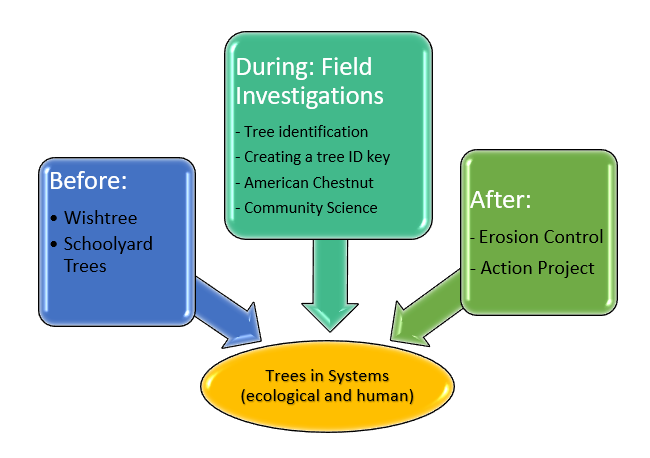
To enhance classroom connections, we have developed this lesson cluster. Field investigations are more meaningful to students when they are integrated into their curriculum. This lesson cluster can be used to: increase depth of knowledge by synthesizing a variety of components in a systems approach, promote creativity in language arts and science, increase global awareness through a local action project. Before-visit activities create literacy connections, and increase student awareness of trees in their schoolyard. With the after-visit activities, students synthesize concepts learned in the field with erosion control experiments and recommendations on schoolyard habitat improvement. Click on each of the sections below to learn more about the cluster's activities. Click here for a link to the full cluster. (See each section for individual activity plans.)
Target SOL (for the field investigation. Additional SOL apply to the before and after activities.) Science (2018) 5.1, 6.1, LS.1, LS.3, LS.9, LS.11; Math (2016) 5.10
NOTE: hover over bolded phrases to find links to resources
Before-visit activities create literacy connections and increase student awareness of trees in their schoolyard.
Before 1 - Wishtree
Before 2 - Schoolyard Trees
During your field investigation at Blandy, your students will engage in several indoor and outdoor lessons as they explore tree characteristics and ecological interactions with other organisms, including humans.
Below is an overview of the “typical” program activities to assist you with integrating this field investigation into the classroom experiences. Field investigations may change due to weather, the volume of students, or adjusted through communication with Blandy educators. Schedules will vary depending on the number of students and classes, here is a schedule for four classes.
After-visit activities, students synthesize concepts learned in the field with an erosion control experiment and recommendations on schoolyard habitat improvement. Click on each of the sections below to learn more about the cluster's activities.
After 1 - Trees in your Schoolyard- Action Project
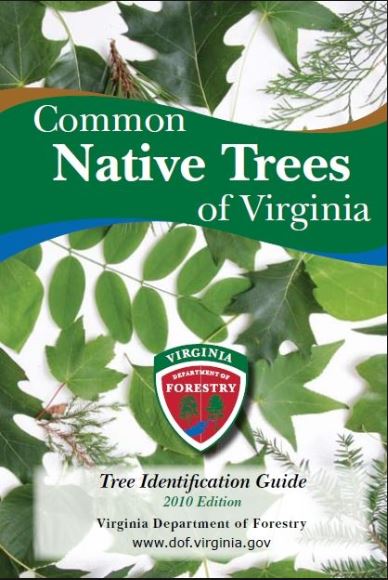
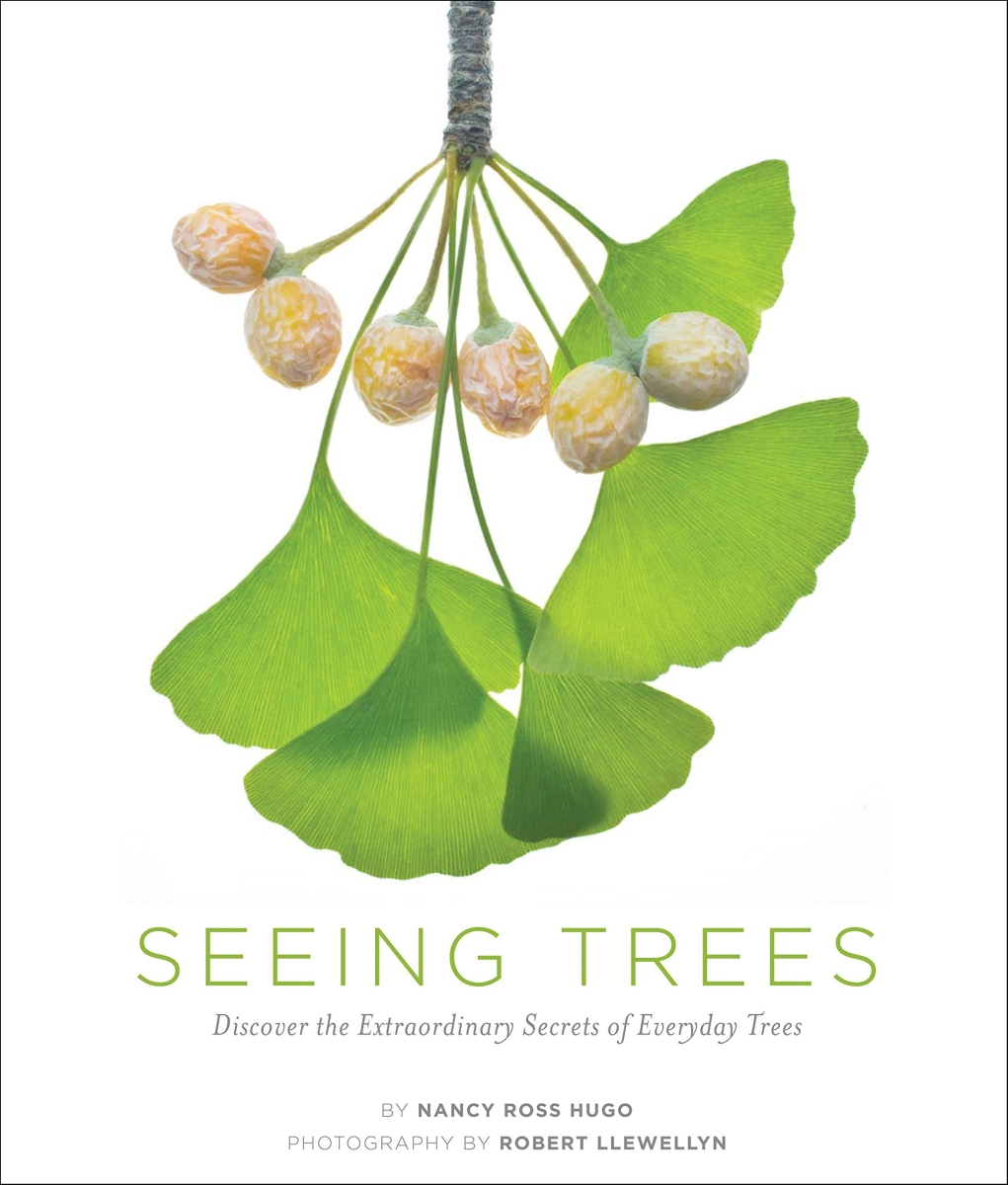
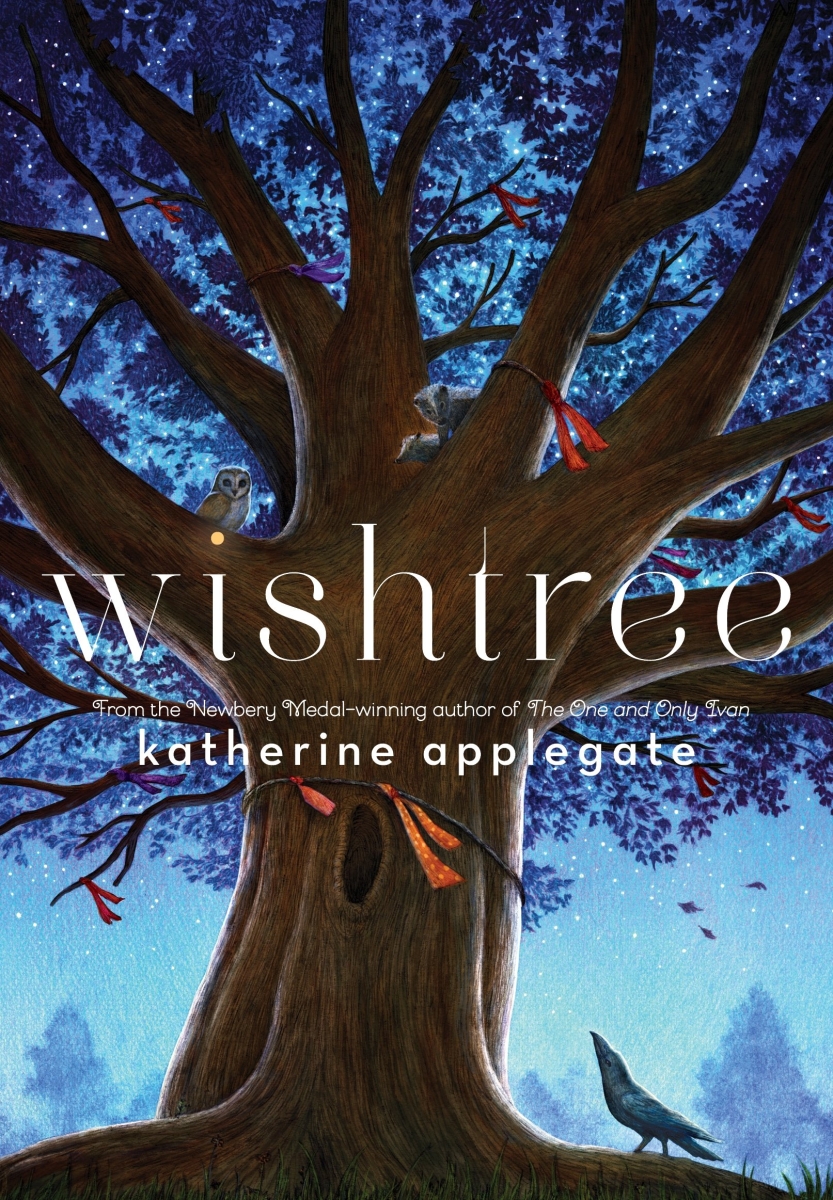
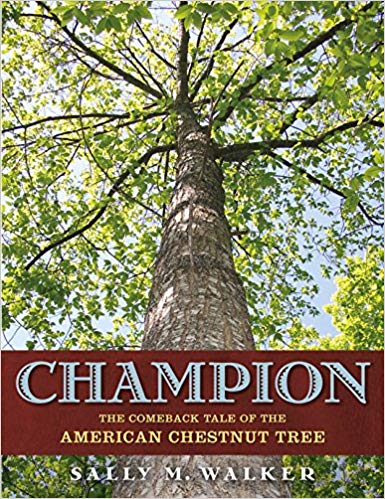
Chapters 1 & 2 discuss the history and economics of this tree. Students can create a timeline of events mentioned
in the text and add others from American history. The timeline can be extended through the remainder of the book
to cover the history of restoration efforts. Timelines are sometimes represented as rings on a tree, which could be
a nice visual.
Specific economic uses are listed in chapter 2. Make a list of the uses of a chestnut tree, research each use, and describe modern parallels. Crossover into mathematics: calculate the value of the tree for each use and adjust for modern inflation. How valuable could an acre of healthy chestnut trees be?
Scientific literacy: three different efforts to save the American chestnut are described in chapters 4-7. Make pro/con tables for each method, and have students select a method to defend in a debate or persuasive writing piece.